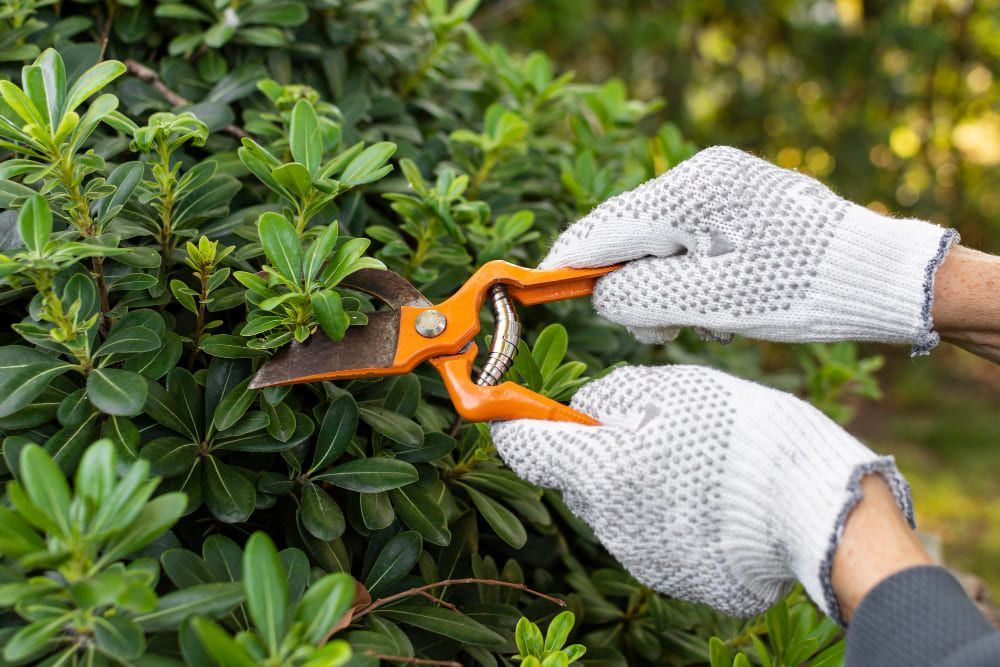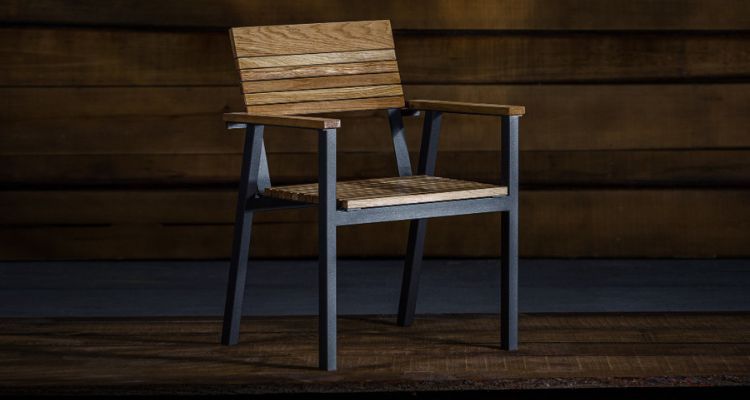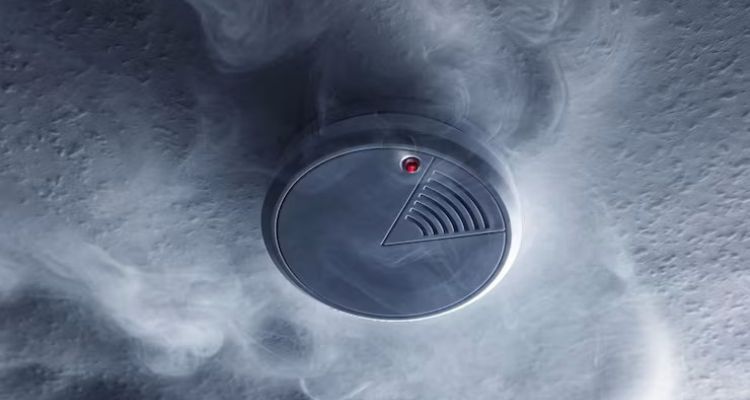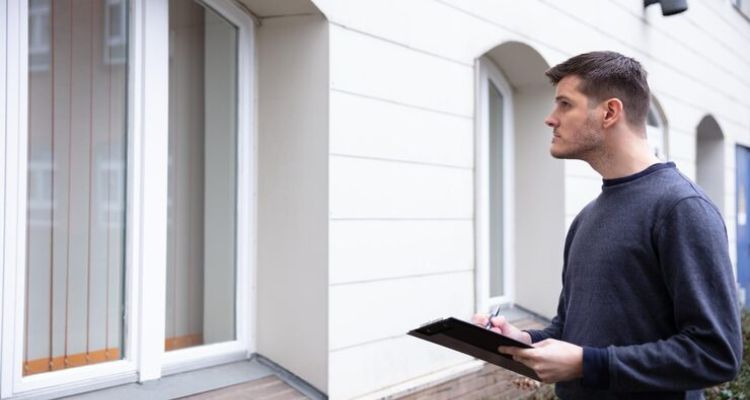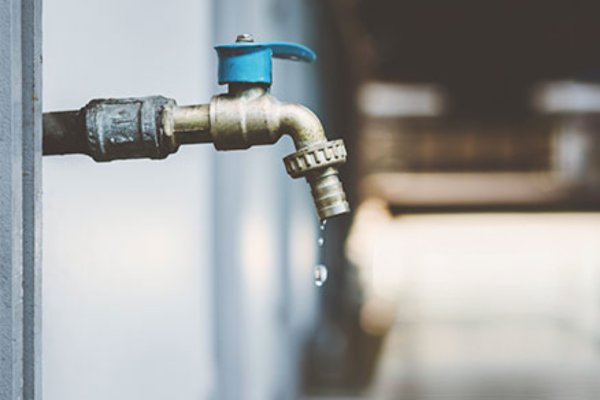5 Plants for Backyard Privacy

While some people love to have a backyard that is as open to the neighbors as possible, others like to live a more discreet existence. If you are one of these people, you may be frustrated to find that a fence just isn’t as attractive or environmentally friendly as you would like. You will be happy to learn that there are great plant options that add the feeling of security to your property while increasing your home’s beauty. Read on to learn more about five popular types.
1. Shrubs
Shrubs can be beautiful privacy options that are excellent for blocking out noise from neighbors. However, they also tend to require significant upkeep and may not be as high as you would like. Even so, with a lovely selection of evergreen and deciduous varieties to choose from, you may find that the benefits far outweigh the costs associated with these plants.
2. Trees
Trees are great for larger spaces or homeowners looking to hide as much yard space as possible. Unlike shrubs, trees are as good at visually blocking out neighbors as they are at reducing noise. If you go with trees as a natural fence alternative, there are many strong evergreen variations that will last year-round with minimal care.
3. Hedges
If you want options where height is concerned, hedges may be the way to go. They add sophistication to your landscaping that other plants may not. These do take some time to grow and require frequent maintenance, so keep that in mind when making your choice.
4. Tall Plants
You may find that none of the possibilities above work for your needs. If that is the case, some tall vines or ornamental grasses are likely your best bet. If you want to add even more height, you can plant them in pots to give them a boost – and keep them from growing too quickly in the ground.
5. Bamboo
Like with grasses and vines, bamboo can quickly invade your yard without proper upkeep. However, if you’d like to add a unique twist to your yard’s landscaping, these exotic and hardy plants are an ideal solution.
No matter what kind of plants end up being your choice for a more secluded yard, you may find that consulting with a lawn care specialist will help you put your plan into place. Professionals understand how to plant and maintain any foliage that you could want in your backyard. Now that you know these tips and understand that you have options for qualified help, you are ready to create the outdoor peace and quiet you have always dreamed of.The body content of your post goes here. To edit this text, click on it and delete this default text and start typing your own or paste your own from a different source.
